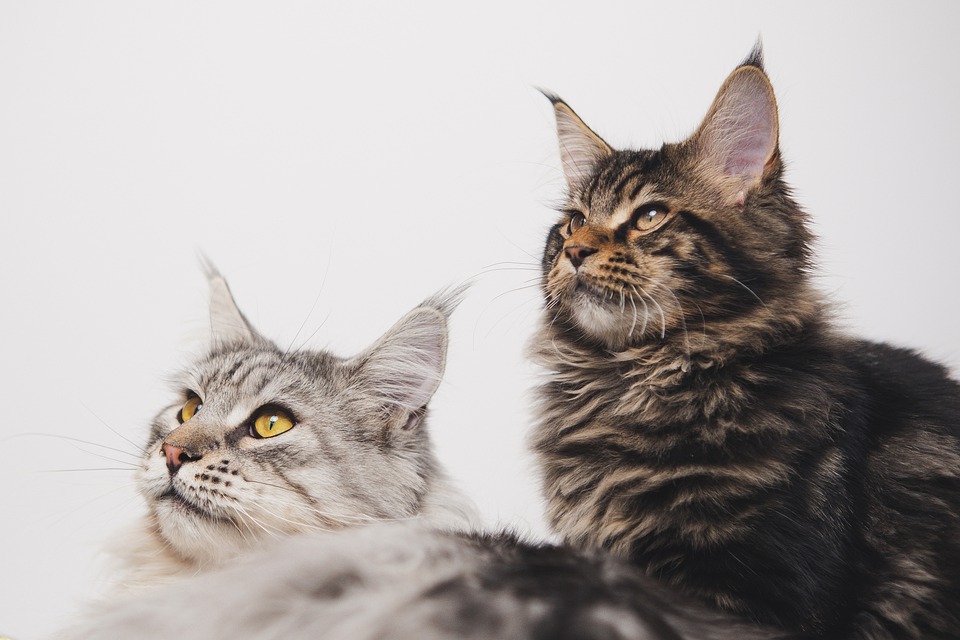Training your cat can be a rewarding experience that not only strengthens the bond between you and your feline friend but also helps promote their overall health and well-being. While cats are known for their independent nature, they can still benefit from regular training sessions. In this article, we’ll explore the importance of establishing a routine for training sessions and provide you with a step-by-step guide to get started. Additionally, we’ll address some frequently asked questions (FAQs) that cat owners often have regarding cat training.
Why Establish a Routine for Training Sessions?
Before diving into the specifics of creating a training routine, it’s essential to understand why it’s beneficial for both you and your cat. Here are a few reasons why establishing a routine for training sessions is important:
1. Consistency is Key: Cats thrive on routine and structure. By establishing a regular training schedule, you create a predictable environment that helps your cat feel more secure and confident.
2. Promotes Mental Stimulation: Training sessions provide mental stimulation for your cat, preventing boredom and promoting their overall mental well-being.
3. Enhances Communication: Training allows you to communicate effectively with your cat, reinforcing positive behaviors and discouraging unwanted ones.
4. Strengthens the Bond: Training sessions create an opportunity for quality time with your cat, fostering a stronger bond between you two.
Step-by-Step Guide to Establishing a Training Routine
Now that we understand the importance of a training routine, let’s dive into the step-by-step process of setting one up:
1. Determine Your Training Goals
Before starting any training program, it’s important to define your goals. Are you looking to teach your cat basic obedience commands, address specific behavioral issues, or simply provide mental stimulation? Identifying your goals will help you tailor the training sessions accordingly.
2. Choose the Right Time and Place
Select a quiet and distraction-free area in your home where you can conduct the training sessions. Cats are more likely to focus and engage in a calm environment. Additionally, choose a time when your cat is typically relaxed and receptive, avoiding moments when they are hungry or tired.
3. Keep Sessions Short and Frequent
Cats have shorter attention spans compared to dogs, so it’s crucial to keep training sessions short and frequent. Aim for 5-10 minutes per session, ideally 2-3 times a day. Frequent training sessions help reinforce learning and prevent your cat from becoming bored or overwhelmed.
4. Use Positive Reinforcement
Cats respond best to positive reinforcement techniques. Reward desired behaviors with treats, praise, or a favorite toy. Avoid punishment or negative reinforcement, as it can cause fear and anxiety in your cat, hindering the training process.
5. Break Tasks into Small Steps
To prevent overwhelming your cat, break each training task into small, manageable steps. Start with basic commands or behaviors, gradually building up to more complex tasks. Celebrate each small success, as it motivates your cat to continue learning.
6. Be Patient and Consistent
Training takes time, so it’s essential to be patient and consistent throughout the process. Cats learn at their own pace, and progress may vary from cat to cat. Consistency in your training approach and cues will help your cat understand what is expected of them.
7. End on a Positive Note
Always end each training session on a positive note. Finish with a simple command your cat has mastered, followed by a reward and praise. This reinforces the training experience as a positive and enjoyable one for your cat.
Frequently Asked Questions (FAQs)
Q1: Can cats be trained like dogs?
A1: While cats have a different temperament and learning style compared to dogs, they can indeed be trained. Cats respond well to positive reinforcement techniques and can learn various commands and behaviors.
Q2: How long does it take to train a cat?
A2: The duration of cat training varies depending on the individual cat, their age, and the complexity of the tasks. Some cats may quickly grasp commands, while others may take longer. Patience and consistency are key to successful training.
Q3: Can older cats be trained?
A3: Cats of any age can be trained, although older cats may take longer to adapt to new behaviors. With patience and positive reinforcement, older cats can still learn and benefit from training sessions.
Q4: What if my cat refuses to participate in training?
A4: If your cat seems uninterested or unresponsive during training sessions, it’s best to assess their environment and health. Ensure they are in good physical condition and free from any medical issues that could affect their engagement. Additionally, try using different rewards or adjusting your training techniques to better suit your cat’s preferences.
By following these steps and understanding the importance of a routine, you can establish a successful training program for your cat. Remember, training should always be a positive and rewarding experience for both you and your feline companion. Happy training!








